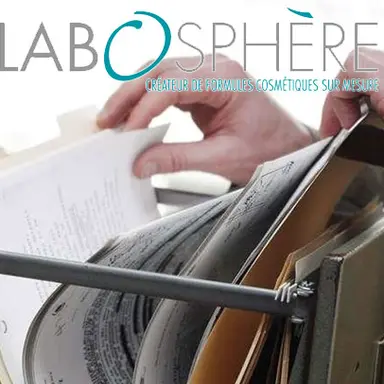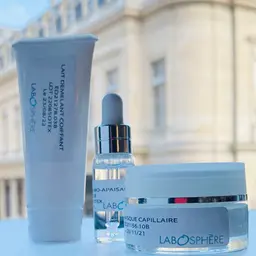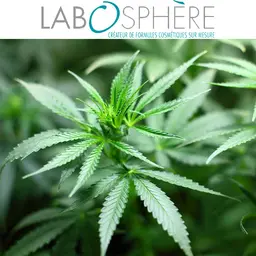
In previous articles on the history of the formulator’s job, Estelle Dehier, from Labosphere, talked about the pressures he undergoes when he writes his formula. Today, she comes back to the regulatory aspect, which has now come to the forefront in the development of a cosmetic product. Looking back over the last ten years, we realise that today’s regulations are not the same as they were 10 or even 15 years ago… and sometimes it’s enough to pull out one’s hair! Depending on the size of the company, whether this activity is the responsibility of the formulator, a dedicated person or a complete department, it presents the same difficulties for everyone!
Definition and evolution of a “service” that has become a new profession
The regulation of cosmetic products has always been present. Set up in 1976, in order to avoid health accidents, its objective is to ensure consumer safety. Indeed, unlike medicines for which the benefit/risk balance is accepted, absolute safety applies to the use of cosmetic products.
However, the history of the European cosmetic regulation knows some key dates, causing a real shift in the way of analysing the regulatory compliance of a cosmetic product.
From 1976 to 2013
This was the time of Directive 76/768/EEC of 27 July 1976 and its amendments.
In order to be “compliant”, it was above all necessary to respect the positive and negative lists of ingredients established by the Directive and to carry out tests to ensure the safety of the products. As cosmetics were not subject to a marketing application, the regulatory file had to be established for each product and submitted to the authorities in the event of a control.
The regulatory aspect (verification of the conformity of raw materials, preparation of the file, etc.) often took place towards the end of the development of the cosmetic product.
From 2013 to today …















